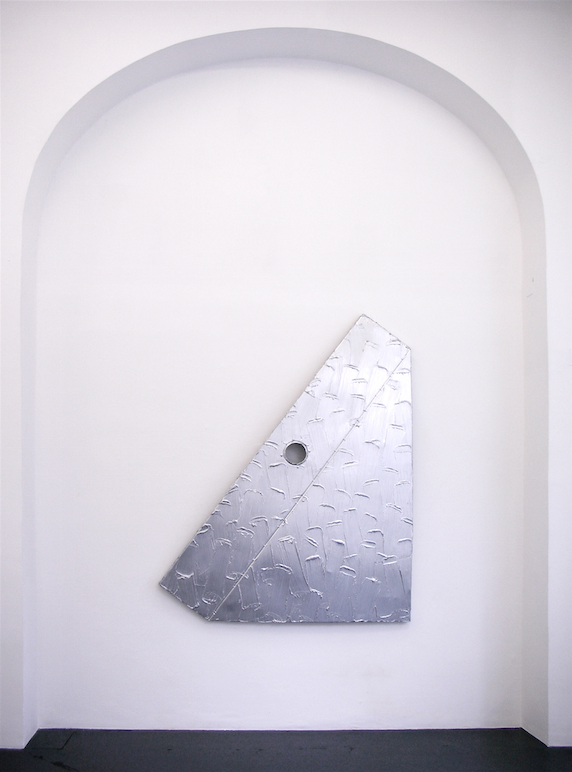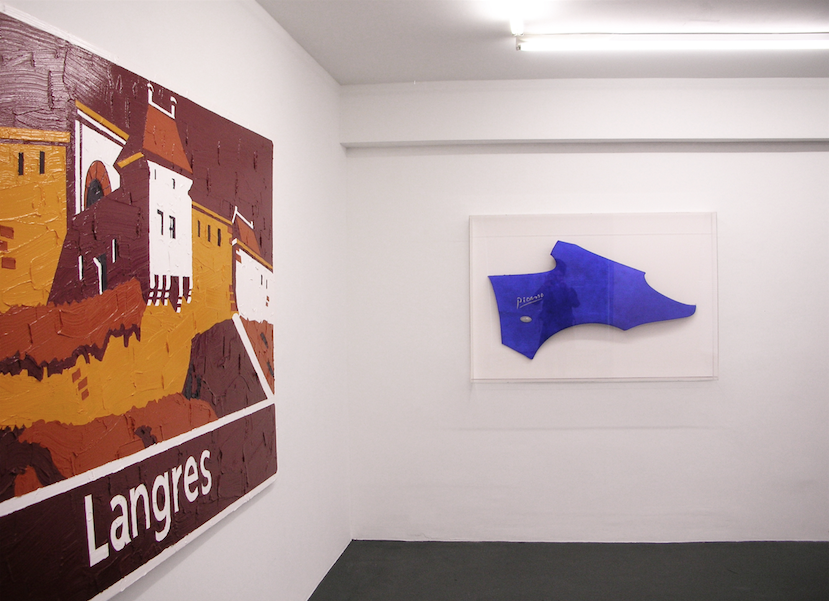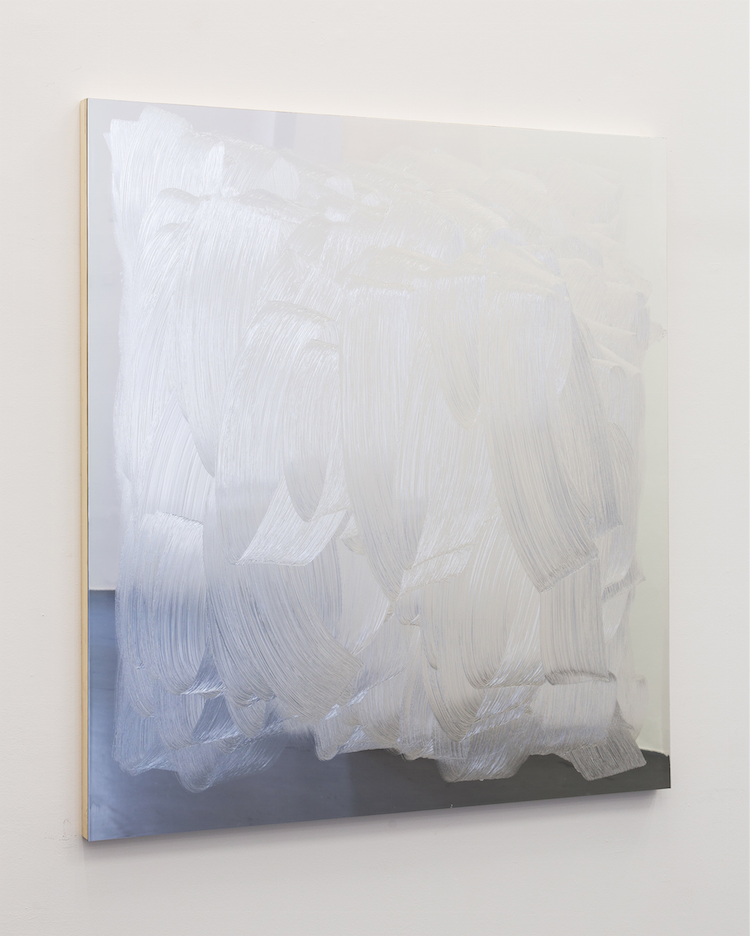2020
> Apeirogon / Groupshow
> Curated by Susanne Rohringer / Arcadia all Over
> LIAISON / Renate Bertlmann, Olga Georgieva, Matthias Herrmann, Tony Oursler, Carol Rama
> Clemens Wolf / Can´t Touch This
2019
> CRISS CROSS / Sebastien de Ganay / Raffaella della Olga
> Curated by Jürgen Tabor / Gil Yefman, Kibbutz Buchenwald
Gerold Tusch / appassionato-dolce-con spirito
> Gudrun Kampl / Schwarzes Gold
> Literal / Robert Barry, Julius Deutschbauer, Monika Piorkowska, Jana Sterbak, Peter Weibel, Lawrence Weiner
2018
> Matthias Herrmann Textpieces 96-98
Konkret Frau / Curated by Gerald Matt
> Masken
Tomasz Kulka / Das Ding
> Natalia LL
2017
> Renate Bertlmann
#It´s You too / Renate Bertlmann
> Anouk Lamm Anouk / I miss the place where I am from
> EASE / Robert Barry / Günther Förg / Tony Oursler / Keith Sonnier
> Artissima / VIVACE with Renate Bertlmann, Natalia LL and Jana Sterbak
> Curated by Eva Fabbris / LIVE END DREAM NO
> everybody anybody / group show
> liquid democracy / Monika Piorkowska, Curated by Angela Stief
> KeramiK Curated by Dietgard Grimmer with Jessica Lajard Barbara Reisinger Jeanne Susplugas Elmar Trenkwalder Gerold Tusch
2016
> Sébastien de Ganay / Non Places
> Clemens Wolf / Grounded
> Curated by / Michel Blancsubé / I´ve decided to be happy because it´s good for one´s health / Jana Sterbak
> Olga Georgieva / Looking for score
> Gudrun Kampl / Ornament oder Verbrechen
> Dieter Roth / aus einer Sammlung Exil, Selbstbildnis, Speedy-Drawing, Taschenzimmer
> VIVACE / Renate Bertlmann, Gloria Friedmann, Natalia LL, Jana Sterbak
CURATED BY _VIENNA 2013
WHY PAINTING NOW ?
PAINTING ACCORDING TO LAVIER
curated by Caroline Smulders
10.10. - 15.11.2013

Bertrand Lavier, „Atomium“, detail n 15, 2007, acrylic on aluminium, 158 x 305 x 15 cm

Vue de l´exposition „Bertrand Lavier“ curated by Caroline Smulders, Galerie Steinek, Octobre-Novembre 2013
de gauche à droite : „Iseo“, 2004, Peinture acrylique sur tissu d'ameublement, 145 x 300 cm / „Rozana“, 2013, Peinture acrylique sur dibond, 145 x 125 cm

Vue de l´exposition „Bertrand Lavier“ curated by Caroline Smulders, Galerie Steinek, Octobre-Novembre 2013

Vue de l´exposition „Bertrand Lavier“ curated by Caroline Smulders, Galerie Steinek, Octobre-Novembre 2013
de gauche à droite : „Langres“, 2012, Peinture acrylique sur panneau autoroutier, 160 x 240 cm / „Picasso Outremer“, 2008, Peinture acrylique sur aile d'automobile dans une boite en plexiglas, 91 x 135 x 16 cm

Vue de l´exposition „Bertrand Lavier“ curated by Caroline Smulders, Galerie Steinek, Octobre-Novembre 2013 / „Rozana“, 2013, Peinture acrylique sur dibond, 145 x 125 cm
PAINTING ACCORDING TO LAVIER
curated by Caroline Smulders
When Sylvia Steinek invited me to reflect on the question at the heart of the exhibition Why Painting Now?, Bertrand Lavier immediately came to mind. His work answers the challenge of painting today, addressing it in the most complex, original, inventive, and unexpected ways.
I would like to thank him for having accepted the invitation to participate in Why Painting Now ? And also for the real pleasure derived from exploring his work in a detailed and concentrated way. Using large paintbrush strokes and respecting the colors of the original object, Bertran Lavier has been painting all sorts of “things” over the last thirty years. Objects of widely varying dimensions –radio, drill, fan, alarm clock, refrigerator, cupboard, automobile fender, mirror, ping-pong table, and even a sailboat (Argo, the largest object he has ever painted)— are captured by Lavier and expressed through artistic painting. From the most banal to the most precious, in this painting process the original objects lose their initial function: Lavier doesnʼt hesitate to assume possession of a precious Steinway piano, using it as a motif in his work, covering it with paint and turning it into what can only be described as an object of painting itself.
In my view, the outermost limits to this approach were attained when Lavier even decided to paint directly onto a painting by one of his contemporaries, François Morellet. Appropriating a piece by Morellet and covering it with paint that identically matches the abstraction and conceptual impulse of the original work, thanks to his famous “a la van Gogh” touch, Lavier makes the original canvas invisible, even as he magnifies its scope. He liberates himself from the rule which demands that a work of art speaks for its time, even while paying homage to the artist and finally transforming the object into a kind of painting icon, a figurative representation of the original abstract concept. Among my favorite works, a series of mirrors which Lavier began in the 1980s, even abandons the pretext of the painterly motif. Lavier is happy to evoke a mirror, itself denied its function by the painter, a constraint imposed by the artist himself, because the mirror can no longer serve as a reflecting glass. Once again, painting is forced to “reflect” on itself.
Thanks to these different, very elaborate, and often contradictory games that Lavier inflicts on his painted creations, he succeeds in going beyond the simple idea of “the concept” and elevates painting to its rank as a universal art, from now on itself encompassing all the other classical techniques of representation: from sculpture to photography and further along the whole gamut of images from still shots to video.
Thanks to Lavier, painting has all the qualities and magic of a musical score in which the notes might sometimes echo an aria from an opera, sometimes a piece of jazz, a rock rhythm, or electroacoustic sound. It is dizzying to consider, for the work of this painter embraces all the modern movements which have been at its core from the start, but which have also eluded it until now. Yet we are there: this is a Lavier we are looking at right now.
Caroline Smulders